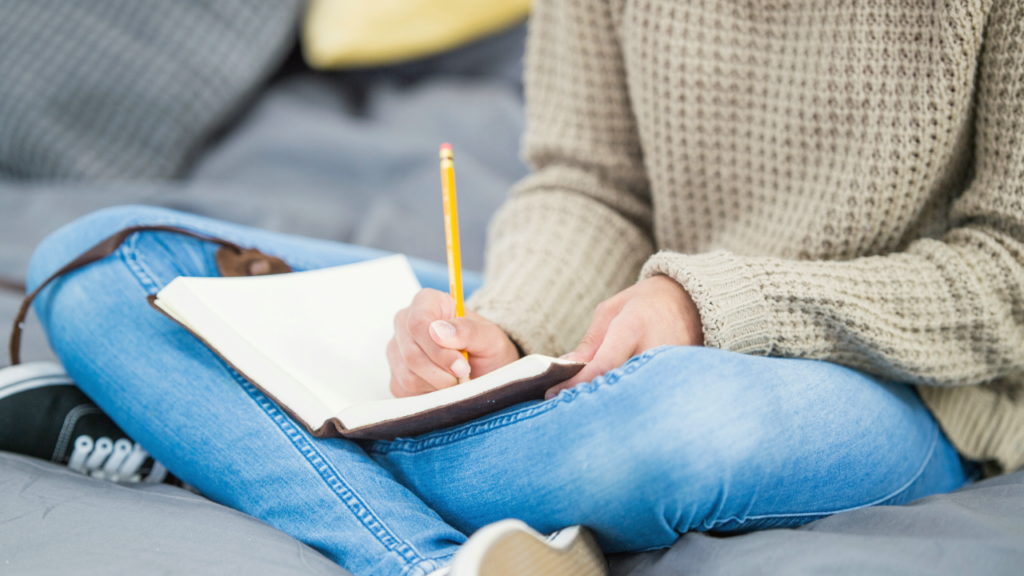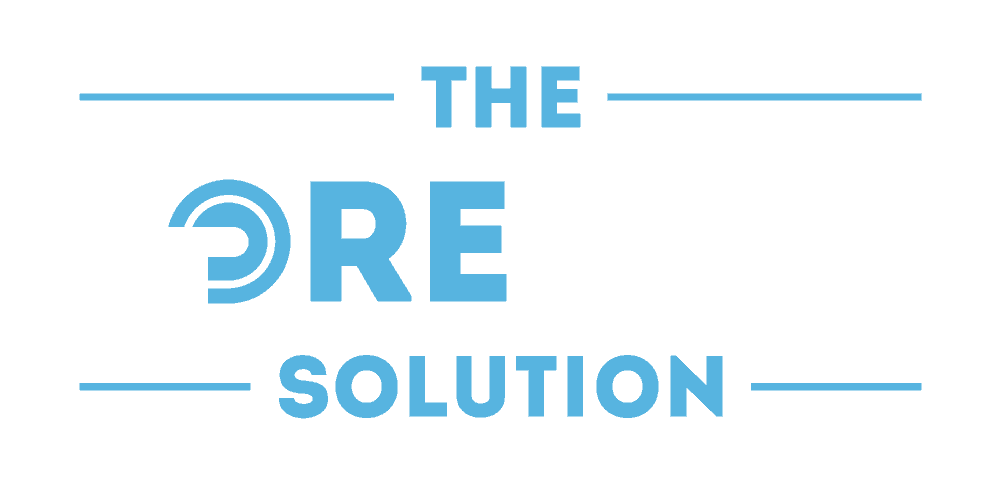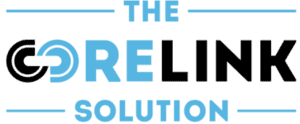6 Benefits to Student Self-Assessment & How To Implement Them
Teachers, have you ever considered using student self-assessments as part of your classroom engagement strategy?
Consider this: the Gradient Learning Poll reveals that a staggering 50% of students feel disengaged in their schoolwork. This disconnect is exacerbated by the prevalence of distracting devices like smartphones and watches.
Teachers nationwide are left to juggle their daily duties, while monitoring phone use and keeping their student’s attention simultaneously.
No wonder they are burnt out!
But what if we told you there is a way to put the engagement back into the student’s hands?
Student self-assessment is an underutilized tool that may just give you the edge you need to put the pizzazz back into your classroom. With the onus back on the students, you could see the inspiration spark in them again, taking them and you to places you never thought possible!
Ready to get started? Let’s go!
What is a student self-assessment?

You must be thinking—after planning lessons, providing clear instructions, grading papers, and managing classroom behavior—now you have add this to the mix?
The process is worthwhile, and we’ll prove it to you!
Simply stated, a student self-assessment is a way for students to figure out how they are doing in school. This can be done by checking their own work and performance to gauge what they know and still need to learn.
Why is self-assessment important?
According to RCampus, student self-assessment is a powerful approach that empowers learners to take an active role in their education.
By reflecting on their progress as well as their strengths and weaknesses, they develop:
- metacognitive skills
- growth mindset
- become more self-directed
These three enable students to take ownership of their education, set meaningful goals, and decide how they learn best. Through this process, they become more aware of their abilities, improve their critical thinking, and build good learning habits.
What are the benefits of self-assessment?
- Increases Self Awareness: When students participate in self-assessment in classrooms, it helps students become more aware of themselves by thinking about their actions, clearly understanding how to evaluate themselves, and making sure that working on improving their skills becomes a regular part of learning.
- Ownership of Learning: Self-assessment puts education back into the hands of the students, shifting the responsibility from the teacher to themselves. This empowering move creates a sense of independence and ownership in the student, increasing their motivation and re-engaging them in the learning process.
- Develops Critical Reviewing Skills: Students who practice self-assessment can develop critical review skills which helps them evaluate their own work and their peer’s work more fairly. Peer assessment allows students to practice giving helpful feedback, as well as learning how to accept and use feedback to improve.
- Champions a Growth Mindset: Student self-assessment promotes a growth mindset by encouraging students to view challenges as opportunities to learn and grow. It helps them understand that making mistakes is a part of learning, not a failure. By reflecting on their progress, students develop resilience and the motivation to improve over time.
- Instills Lifelong Learning Skills: Through self-assessment, students build important skills for life outside of school. They learn how to set goals, track their progress, and change their strategies when needed. These skills are crucial for continuous learning, helping people take control of their personal growth and professional success throughout their lives.
- Reduces Teacher Assessment Workload: As your students become self-aware and more engaged in school, the shift that occurs in them can reduce your workload. By coming face to face with the gaps in their learning while evaluating their work, they decrease the amount of feedback required from you. In turn, this allows you to focus on guiding them to reach their learning potential.
Factors to Consider When Designing a Student Self-Assessment
Before implementing any type of assessment, here are some questions you may want to ask yourself:
- High experience are students in self-assessment?
- How will I introduce students to self-assessment?
- Should I develop the assessment criteria?
- How can I support my students as they develop their assessment skills?
- Should students self-assessment contribute to their grade?
- What processes will I use to moderate the student self-assessment?
The UNSW Australia has a fantastic page to address each one of these questions so that you can design your students self-assessment with confidence, check it out here.
Implementing Self-Assessments In 10 Steps

With so much information it can be difficult to know where to start. The good news is that there is more than one way to do this, but to get you started we found this easy 10 step process by RCampus.
- Educate students about self-assessment: Start by explaining self-assessment to students and its purpose. Discuss how it allows them to take control of their learning and understand their progress and areas for improvement.
- Set clear learning objectives: Define clear learning goals for students. Make sure these goals are specific, measurable, achievable, relevant, and time-bound (SMART). When students know what they need to achieve, they can better assess their progress.
- Teach self-reflection skills: Guide students on how to reflect on their work, identify strengths and weaknesses, and set goals for improvement. Show examples and encourage them to think deeply about their learning experiences.
- Introduce self-assessment tools and methods: Show students various self-assessment tools like rubrics, checklists, or journals. Explain how to use these tools effectively to evaluate their learning.
- Provide examples and criteria: Share examples of high-quality work and explain the criteria used for assessment. This helps students understand expectations and compare their work to these standards.
- Scaffold the self-assessment process: Provide initial support and guidance as students learn to self-assess. Model the process by working through examples as a class and discussing the criteria.
- Facilitate peer and teacher feedback: Encourage peer feedback to provide different perspectives and improve evaluative skills. As a teacher, give constructive feedback to guide students.
- Reflect on self-assessment outcomes: Help students reflect on their self-assessments to identify strengths and areas for improvement. Discuss strategies to address weaknesses and celebrate successes.
- Adjust learning strategies: Encourage students to change their learning methods based on their self-assessments. Help them create action plans and set new goals.
- Foster a supportive classroom environment: Create a safe space where students feel comfortable sharing their experiences with self-assessment, and encourage collaboration and open discussion.
Of course, not all teachers, grades, or students will implement these ten steps in the same way. However, it’s a good framework by which you can develop a plan to put your assessment in place.
Challenges to Implementation
Like any new process, student self-assessment can come with a few difficulties.
- If self-assessment is new to your classroom, training your students to do it properly will require you to invest more time upfront.
- You may get pushback from your students who think grading is solely your responsibility.
- There also may be resistance to using this method if the self-assessment doesn’t match yours.
What are examples of student self-assessment?
Here are seven examples of student self-assessment that you can start in the classroom tomorrow:
- Learning Log: Have students jot down their experiences, feelings, and areas of concern so they gain a deeper understanding of their strengths and weaknesses.
- Reflective Journals: Embrace student self-awareness by writing about milestones they have accomplished, challenges they plan to overcome, and processes they established.
- Goal Setting: Students can set SMART goals that benefit them or the class as a whole.
- Self-Assessment Rubric: Creating a rubric can be a great framework for students to evaluate their work.
- Classroom Survey: Have students fill out surveys to gauge their learning experience in your class and identify improvement opportunities.
- Reflection Worksheets: Similar to a reflection journal, these worksheets are tailored to give students actionable steps towards improvement by developing an action plan.
- Exit Tickets: These assessments are typically given after class to show the student’s comprehension to tailor lesson plans to their needs.
Embrace Self-Assessment
Student self-assessment is more than just a tool for learning; it’s a way to empower students to take charge of their education.
By reflecting on their progress, setting goals, and understanding their strengths and areas for improvement, students learn to take responsibility for their learning journey.
This practice builds confidence and encourages a growth mindset, helping students see challenges as opportunities to improve. When students are actively involved in their education, they become more motivated and engaged, leading to better outcomes and a more positive learning experience.
For teachers, self-assessment can reduce workload by shifting some responsibility to students, allowing educators to focus on guidance and support rather than constant grading.
By embracing self-assessment, students not only improve academically but also develop critical life skills like self-reflection and adaptability. In this way, self-assessment benefits both students and teachers, creating a more dynamic and effective learning environment.
If this article has inspired you, please subscribe to our newsletter to be alerted when the next piece is released. You can also support the continued creation of this content by making a tax-deductible donation.




